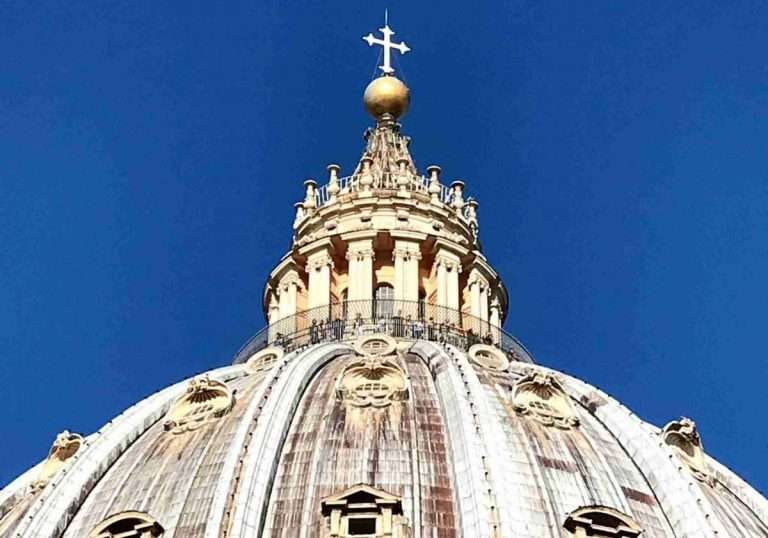
I am supremely excited about two new nonfiction books this summer: The Monster of Florence and Rome 1960.
Both books describe tumultuous times in central Italy. The first is a period of time in Florence when an unknown predator (or predators) “stalked lovers’ lanes in the countryside.” The second goes in-depth about the 1960 Olympic Games in Rome.
The Monster of Florence

Set in Florence and the Florentine hills, The Monster of Florence trails author Douglas Preston on his quest to solve — or, at least, learn more about — the case of the horrific murders of scores of young lovers from 1968-1985.
“When author Douglas Preston moved his family to Florence he never expected he would soon become obsessed and entwined in a horrific crime story whose true-life details rivaled the plots of his own bestselling thrillers.
“While researching his next book, Preston met Mario Spezi, an Italian journalist who told him about the Monster of Florence, Italy’s answer to Jack the Ripper, a terror who stalked lovers’ lanes in the Italian countryside. The killer would strike at the most intimate time, leaving mutilated corpses in his bloody wake over a period from 1968 to 1985. One of these crimes had taken place in an olive grove on the property of Preston’s new home. That was enough for him to join “Monsterologist” Spezi on a quest to name the killer, or killers, and bring closure to these unsolved crimes.
“Local theories and accusations flourished: the killer was a cuckolded husband; a local aristocrat; a physician or butcher, someone well-versed with knives; a satanic cult. Thomas Harris even dipped into “Monster” lore for some of Hannibal Lecter’s more Grand Guignol moments in Hannibal.
“Add to this a paranoid police force more concerned with saving face and naming a suspect (any suspect) than with assessing the often conflicting evidence on hand, and an unbelievable twist that finds both authors charged with obstructing justice, with Spezi jailed on suspicion of being the Monster himself.
“The Monster of Florence is split into two sections: the first half is Spezi’s story, with the latter bringing in Preston’s updated involvement on the case. Together these two parts create a dark and fascinating descent into a landscape of horror that deserves to be shelved between In Cold Blood and Midnight in the Garden of Good and Evil.”
Rome 1960: The Olympics That Changed the World

Rome 1960: The Olympics That Changed the World
David Maraniss’s Rome 1960: The Olympics That Changed the World focuses on the last Olympic Games held in Italy. The book covers pivotal episodes where sports and politics collided, including Cassius Clay throwing his gold medal into the Tiber to protest the Vietnam War.
Last updated on September 14th, 2022“Overshadowed by more flamboyant or tragic Olympics, the 1960 Rome games were a sociopolitical watershed, argues journalist Maraniss (Clemente) in this colorful retrospective.
“The games showcased Cold War propaganda ploys as the Soviet Union surged past the U.S. in the medal tally. Steroids and amphetamines started seeping into Olympian bloodstreams. The code of genteel amateurism—one weight-lifter was forbidden to accept free cuts from a meat company—began crumbling in the face of lavish Communist athletic subsidies and under-the-table shoe endorsement deals. And civil rights and anticolonialism became conspicuous themes as charismatic black athletes—supercharged sprinter Wilma Rudolph, brash boxing phenom Cassius Clay, barefoot Ethiopian marathoner Abebe Bikila—grabbed the limelight while the IOC sidestepped the apartheid issue.
“Still, we’re talking about the Olympics, and Maraniss can’t help wallowing in the classic tropes: personal rivalries, judging squabbles, come-from-behind victories and inspirational backstories of obstacles overcome (Rudolph wins the gold, having hurdled Jim Crow and childhood polio that left her in leg braces).
“As usual, these Olympic stories don’t quite bear up under the mythic symbolism they’re weighted with (with the exception perhaps of Abebe Bikila), but Maraniss provides an intelligent context for his evocative reportage.
Post first published on June 26, 2008






